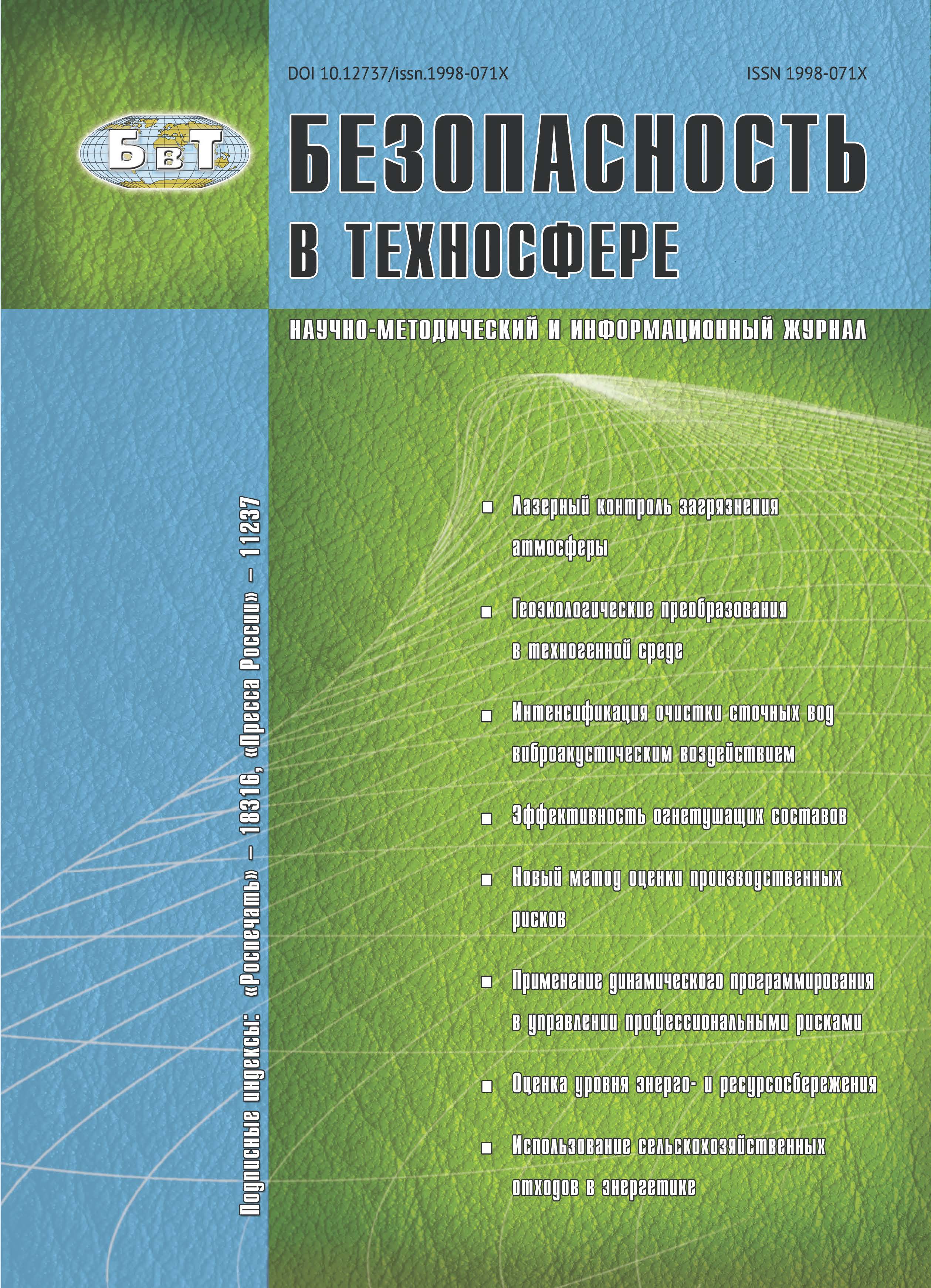Rostov-on-Don, Russian Federation
Modern approaches to the region’s landslide susceptibility assessment are considered in this paper. Have been presented descriptions of the most used techniques for landslide susceptibility assessment: logistic regression, indicator validity, linear discriminant analysis and application of artificial neural networks. These techniques’ advantages and disadvantages are discussed in the paper. The most suitable techniques for various conditions of analysis have been marked. It has been concluded that the most acceptable techniques of analysis for a large number of input data related to the studied region are the method of logistic regression and indicator validity method. With these methods the most accurate results are achieved. When there is a lack of information, it is more expedient to use linear discriminant analysis and artificial neural networks that will minimize potential analysis inaccuracies.
landslide susceptibility, method of logistic regression, indicator validity method, linear discriminant analysis, artificial neural networks, geo information systems.
Проблема определения оползневой чувствительности широко рассматривается во всем мире. Авторы применяют различные методики для ее определения, основанные на разных методах статистического анализа.
1. Corominas J. et al. Recommendations for the quantitative analysis of landslide risk // Bull Eng Geol Env. 2014. Vol. 73. P. 209-263.
2. Aydın A., Eker R. Fuzzy rule-based landslide susceptibility mapping in Yığılca Forest District (Northwest of Turkey) // J. J. Fac. For. Istanbul Univ. Anahtar Kelimeler FIS. 2016. Vol. 66, № 662. P. 559-571.
3. Bilaşco Ş. et al. Statistical model using GIS for the assessment of landslide susceptibility. Case-study: The Someş Plateau // Journ. Geogr. 2011. Vol. 55, № 2. P. 91-101.
4. Vahidnia M. H. et al. Landslide Hazard Zonation Using Quantitative Methods in GIS // Int. J. Civ. Eng. 2009. Vol. 7, № 3. P. 176-189.
5. Feizizadeh B., Blaschke T. Uncertainty Analysis of GISbased Ordered Weighted Averaging Method for Landslide Susceptibility Mapping in Urmia Lake Basin, Iran.
6. Baban S. M.J., Sant K. J. Mapping landslide susceptibility for the Caribbean island of Tobago using GIS, multi-criteria evaluation techniques with a varied weighted approach // Caribb. J. Earth Sci. 2005. Vol. 38. P. 11-20.
7. Tazik E. et al. Landslide susceptibility mapping by combining the three methods Fuzzy Logic, Frequency Ratio and Analytical Hierarchy Process in Dozain basin // ISPRS - Int. Arch. Photogramm. Remote Sens. Spat. Inf. Sci. 2014. Vol. XL-2/W3. P. 267-272.
8. Huang J. Investigation on landslide susceptibility using remote sensing and GIS methods. Hong Kong Baptist University, 2014. 118 p.
9. Coe J. A. et al. Landslide susceptibility from topography in Guatemala. Taylor & Francis Group, 2004. Vol. 1. P. 69-78.
10. Pradhan B. et al. Application of data mining model for landslide hazard mapping // The International Archives of the Photogrammetry, Remote Sensing and Spatial Information Sciences. Vol. XXXVII. Part B8. Beijing, 2008. P. 187-196.
11. Ayalew L., Yamagishi H., Ugawa N. Landslide susceptibility mapping using GIS-based weighted linear combination, the case in Tsugawa area of Agano River, Niigata Prefecture, Japan // Landslides. 2004. Vol. 1, № 1. P. 73-81.
12. Akbari A. et al. Landslide Susceptibility Mapping Using Logistic Regression Analysis and GIS Tools // Electron. J. Geotech. Eng. 2014. Vol. 19. P. 1687-1696.
13. Mancini F., Ceppi C., Ritrovato G. GIS and statistical analysis for landslide susceptibility mapping in the Daunia area, Italy // Nat. Hazards Earth Syst. Sci. 2010. Vol. 10. P. 1851-1864.
14. Ercanoglu M. Landslide susceptibility assessment of SE Bartin (West Black Sea region, Turkey) by artificial neural networks // Nat. Hazards Earth Syst. Sci. 2005. Vol. 5. P. 979-992.
15. Ramos-Cañón A.M. et al. Linear discriminant analysis to describe the relationship between rainfall and landslides in Bogotá, Colombia // Landslides. 2016. Vol. 13, № 4. P. 671-681.
16. Atkinson P. M., Massari R. Generalised linear modelling of susceptibility to landsliding in the Central Apennines, Italy // Comput. Geosci. 1998. Vol. 24, № 4. P. 373-385.
17. Huang Y., Wänstedt S. The introduction of neural network system and its applications in rock engineering // Eng. Geol. Elsevier, 1998. Vol. 49, № 3. P. 253-260.







